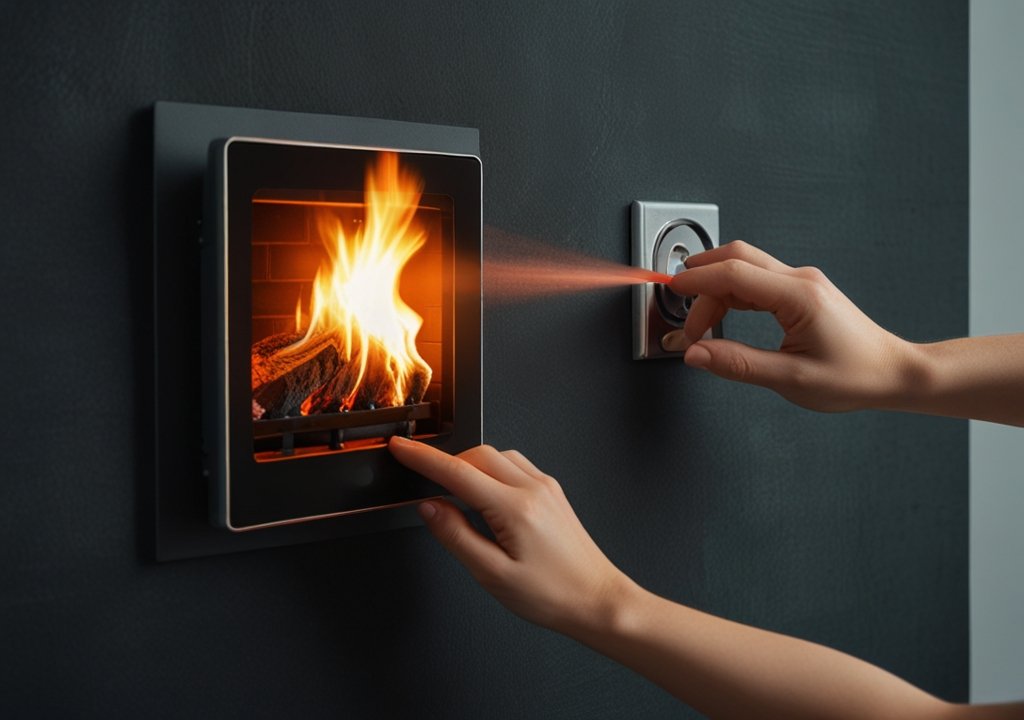Table of Contents
- Introduction to Home Fire Safety
- Understanding Common Fire Hazards
- Effective Fire Prevention Strategies
- Importance of Smoke Alarms and Detectors
- Creating an Emergency Evacuation Plan
- Fire Extinguishers and Their Proper Use
- Educating Family Members on Fire Safety
- Conclusion: Staying Proactive for Fire Safety
Introduction to Home Fire Safety
Fire safety in the home is vital not only for protecting your valuables but also for the safety and well-being of all residents. Each year, fires in residential homes lead to thousands of injuries, disrupting lives and causing significant emotional and financial strain. The National Fire Protection Association emphasizes the need for preparedness to avoid such disasters. By taking steps towards emergency restoration, having a comprehensive safety plan, and maintaining critical devices like smoke alarms, you can considerably reduce the likelihood of fire-related incidents.
This guide is designed to empower you with practical fire prevention and safety strategies. With a clear understanding of potential hazards coupled with well-established preventative actions, you can transform your home into a safer environment for you and your family.
Understanding Common Fire Hazards
Identifying and understanding common fire hazards is a critical step toward enhancing home safety. For instance, cooking accounts for nearly half of all home fires, often igniting when meals are left unattended. Similarly, outdated or overloaded electrical systems can spark and lead to devastating fires if not addressed. In some cases, efforts to extinguish these fires can result in severe water damage, compounding the destruction and complicating recovery efforts. Additionally, it’s essential to be cautious with cigarettes and candles, as they can easily ignite surrounding materials and lead to a fast-spreading blaze.
Furthermore, improper storage of flammable materials, such as cleaning agents and gasoline, inside the home increases the risk of accidental fires. Maintaining organization and ensuring that these substances are stored safely can mitigate some of these risks. Being vigilant and implementing preventive measures against these common hazards is fundamental for home safety.
Effective Fire Prevention Strategies
Effective fire prevention involves implementing everyday practices that significantly reduce potential risks within your household. Start by regularly inspecting and maintaining your home’s electrical systems and appliances to prevent malfunctions. Additionally, minimize clutter around your home, as it can serve as unintentional fuel during a fire. Simple actions, such as routinely cleaning the lint trap in your dryer, can also drastically reduce the risk of fire.
Importance of Smoke Alarms and Detectors
Smoke alarms are the frontline defense in alerting occupants of potential fires. By detecting smoke at the earliest signs of trouble, these devices often provide crucial minutes needed for people to evacuate safely. Smoke alarms should be installed on every level of your home, particularly near sleeping quarters. Regular testing and twice-yearly battery replacements are essential to ensure they function correctly when needed most. Remember, a well-maintained smoke alarm is a small investment that offers significant protection.
Creating an Emergency Evacuation Plan
Having a well-thought-out evacuation plan can be the difference between safety and catastrophe during a home fire. It’s essential to develop a plan that considers the layout of your home and provides transparent, accessible exit routes for all family members. Regularly practicing the evacuation plan ensures that everyone, including children, knows what to do and where to go if an emergency occurs. For additional guidance on developing an effective plan, consult the Red Cross evacuation planning guide, which provides comprehensive step-by-step instructions.
Fire Extinguishers and Their Proper Use

Fire extinguishers are indispensable tools in managing small fires before they escalate. It’s vital to understand the different types of extinguishers and the scenarios each is best suited for. For instance, a dry chemical extinguisher works well for most types of fires, whereas a water mist extinguisher is suitable for flammable liquids. Familiarizing yourself with the PASS technique (Pull, Aim, Squeeze, and Sweep) enables effective use of fire extinguishers, ensuring you’re prepared to act swiftly in emergencies.
Educating Family Members on Fire Safety
Fire safety is a collaborative responsibility that extends to every member of the household. Educating each person, especially children, about what to do in case of a fire can save lives. This education can be enhanced through engaging methods, such as incorporating fire drills into fun, educational games that teach children how to react safely. Additionally, many local fire departments offer programs and resources to help familiarize families with the best practices in fire safety.
Conclusion: Staying Proactive for Fire Safety
Fire safety requires ongoing attention and updates to safeguard homes against potential fire-related incidents. By regularly revisiting safety plans, ensuring all preventative tools and devices are operational, and staying informed about safety protocols, you can maintain a proactive stance on fire safety. Remember, the steps you take today in preparation and education can prevent emergencies in the future, protecting not just your home but the lives of everyone within it.











